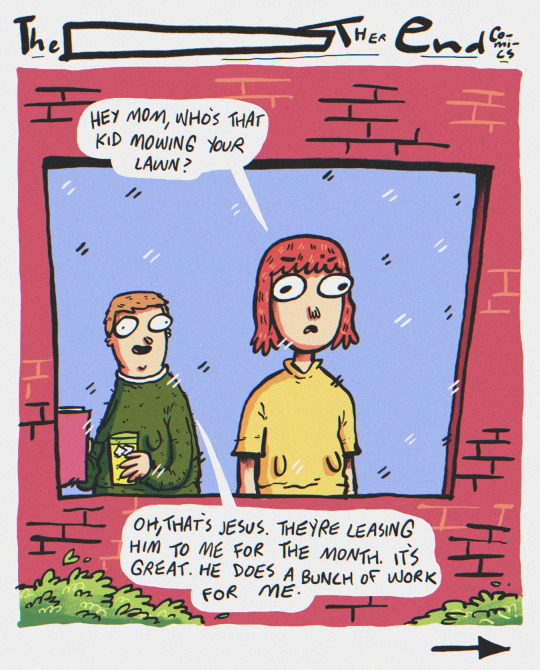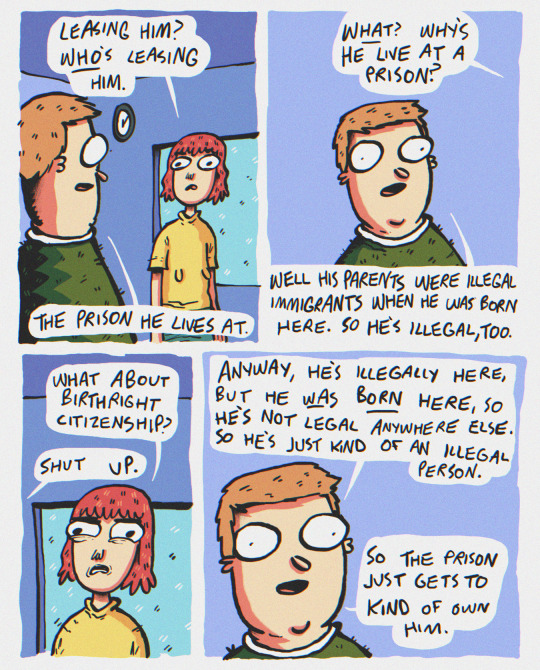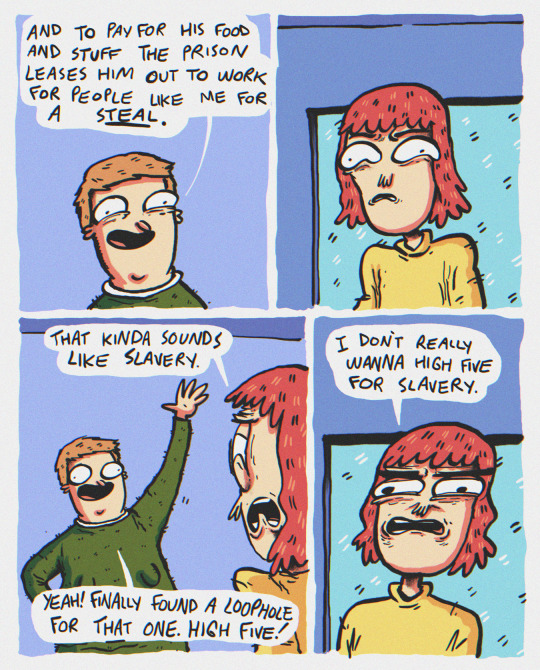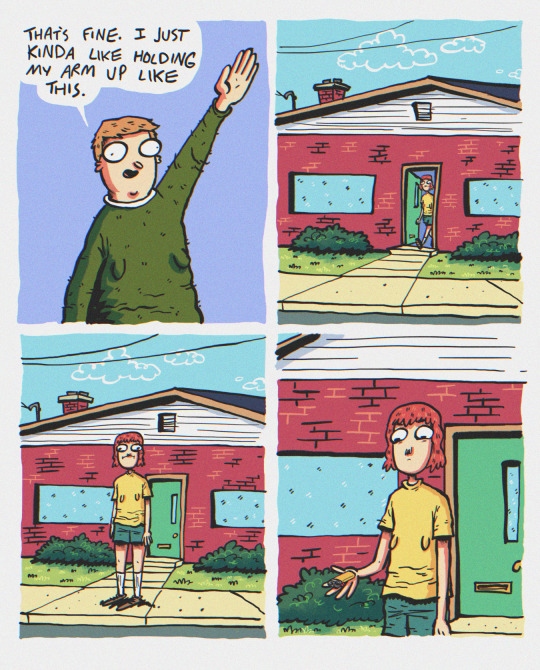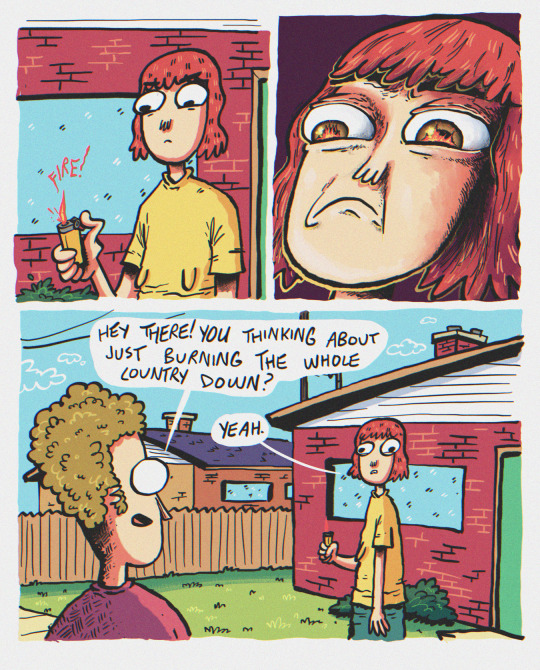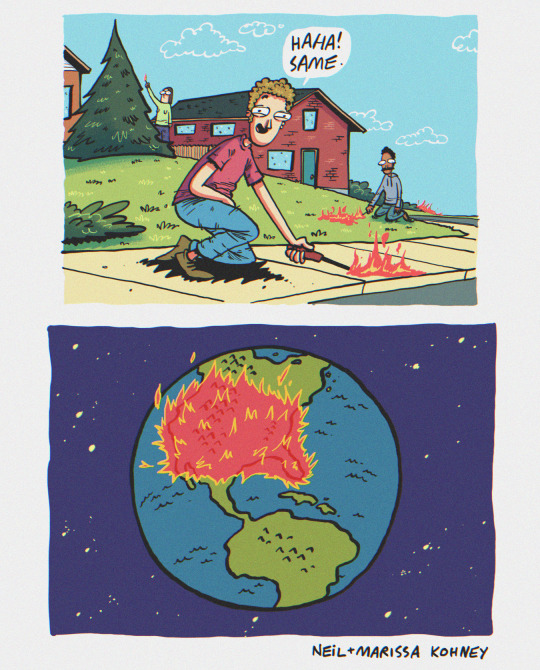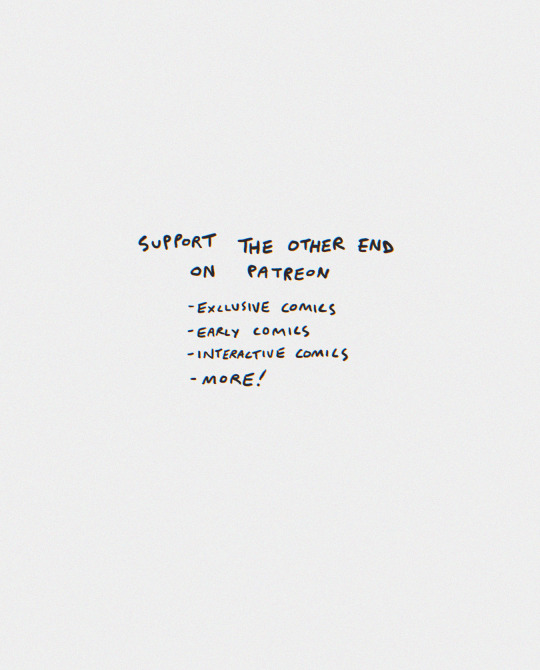An internet wannabe with a head full of busted wiring. this is my personal blog, scaplays is the formal one. I make let's plays on youtube, and all the relevant links are in the page below. Also my selfie tag is 'i should have a selfie tag'
Don't wanna be here? Send us removal request.
Text
revealing that the rug pull of USAID shutdowns definitely killing people in the global south is highlighting the fact that aid was always politically contigent and vastly more risky to the average person than like infrastructural investments. like operating and occupying a port has nothing on the sheer misery withdrawing food support and aids + tuberculosis medication has.
853 notes
·
View notes
Text
The American speedrun to 'hey we probably won't be able to afford food due to trade embargos on the people we get most of our food from' was expected, but the 'billionaire recreates the SIN system from shadowrun due to bribing the president into letting him access the treasury database' wasn't something I clocked.
11 notes
·
View notes
Text
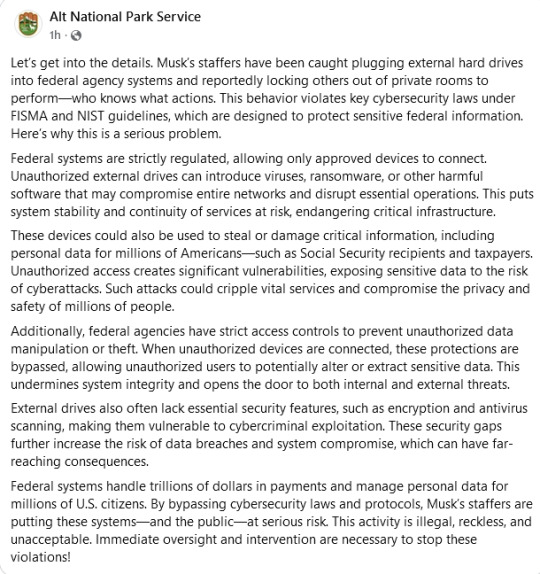
alt text under cut
Alt National Park Service·
Let’s get into the details. Musk’s staffers have been caught plugging external hard drives into federal agency systems and reportedly locking others out of private rooms to perform—who knows what actions. This behavior violates key cybersecurity laws under FISMA and NIST guidelines, which are designed to protect sensitive federal information. Here’s why this is a serious problem.
Federal systems are strictly regulated, allowing only approved devices to connect. Unauthorized external drives can introduce viruses, ransomware, or other harmful software that may compromise entire networks and disrupt essential operations. This puts system stability and continuity of services at risk, endangering critical infrastructure.
These devices could also be used to steal or damage critical information, including personal data for millions of Americans—such as Social Security recipients and taxpayers. Unauthorized access creates significant vulnerabilities, exposing sensitive data to the risk of cyberattacks. Such attacks could cripple vital services and compromise the privacy and safety of millions of people.
Additionally, federal agencies have strict access controls to prevent unauthorized data manipulation or theft. When unauthorized devices are connected, these protections are bypassed, allowing unauthorized users to potentially alter or extract sensitive data. This undermines system integrity and opens the door to both internal and external threats.
External drives also often lack essential security features, such as encryption and antivirus scanning, making them vulnerable to cybercriminal exploitation. These security gaps further increase the risk of data breaches and system compromise, which can have far-reaching consequences.
Federal systems handle trillions of dollars in payments and manage personal data for millions of U.S. citizens. By bypassing cybersecurity laws and protocols, Musk’s staffers are putting these systems—and the public—at serious risk. This activity is illegal, reckless, and unacceptable. Immediate oversight and intervention are necessary to stop these violations!
53 notes
·
View notes
Text
Fun game, name the year: there's just been an airborne viral pandemic, a racist demagogue who recently failed an attempt to size power via coup has just been voted into leadership of a major state on the world stage,
0 notes
Text
Opinion | Trump is ushering in a new era of government censorship - The Washington Post
https://www.washingtonpost.com/opinions/2025/01/30/trump-free-speech-censorship-musk/





230 notes
·
View notes
Text
LGBT people, I need you to know that any “pedophile execution bill” passed in the US is meant to put you, personally, to death. When the right says “groomer,” they’re talking about you. When they say “predator,” they’re talking about you. When they say “pedophile,” they’re talking about you. Any actual child sex abusers who are convicted and executed would be, to them, a happy accident, a cherry on top of a law that’s meant to exterminate anyone who deviates from the cisgender, heterosexual norm.
15K notes
·
View notes
Text
Rolled over weird in my sleep and accidentally stuck my thumb in my eye real bad. Hurts. Hope no serious damage
0 notes
Text
"It doesn't help your credibility to exaggerate, most employers wouldn't literally work you to death" like, I used to work in distribution. If booking a truck driver for back to back shifts until they fall asleep at the wheel, crash, and die counts as being worked to death, I have personally met employers who've worked employees to death and gotten away with a slap on the wrist. It may not be universal, but it's a hell of a lot more common than a lot of us would prefer to think.
11K notes
·
View notes
Text
Trump paused communications from all of our health agencies. He wants them reviewed.
You will be much less likely to know from now on during the early days if we have something like the current rising bird flu epidemic. You will be less likely to know about any illness epidemics. Even once things are confirmed and being reported in some media outlets, there's a non-zero chance that you are not going to see any urgency or any communication at all from places you are used to.
For the love of little green apples, please start masking again. Please be more careful with your health then you have been over the last 4 years.
https://wapo.st/4aqfN44
4K notes
·
View notes
Text




Big fan of candid shots of maid cafe employees going through it.
5K notes
·
View notes
Text
The massive therapy movement has gotta be one of the worst things I’ve ever had to endure because every time I see “you are enough” plastered somewhere it makes me want to buy a gun.
1K notes
·
View notes

